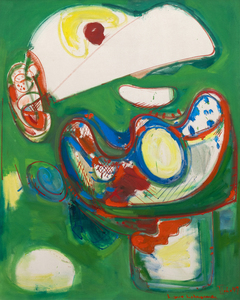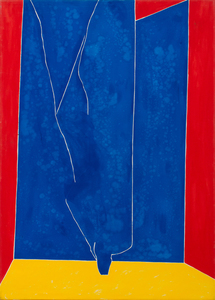We are excited to share the fantastic collection of artworks on view this summer at our gallery in Jackson Hole, Wyoming. Located just off of the town square at 172 Center Street, our Wyoming gallery showcases blue-chip artworks from all genres including Frida Kahlo, Joan Miro, Alexander Calder, and Mary Corse. Discover the full collection in our 3D virtual tour.





_tn43950.jpg )



















_tn46616.jpg )

_tn47464.jpg )


















